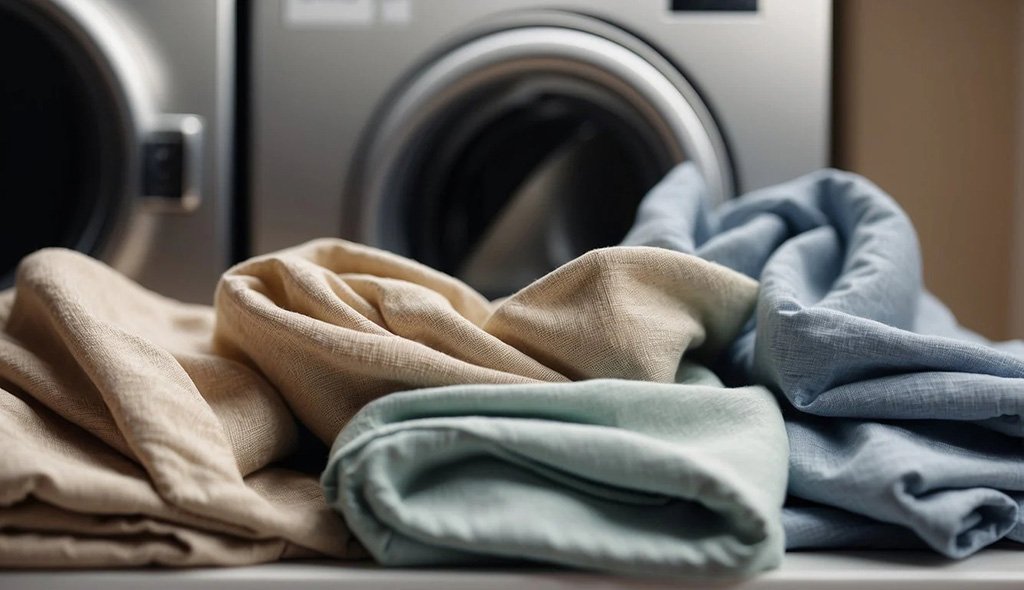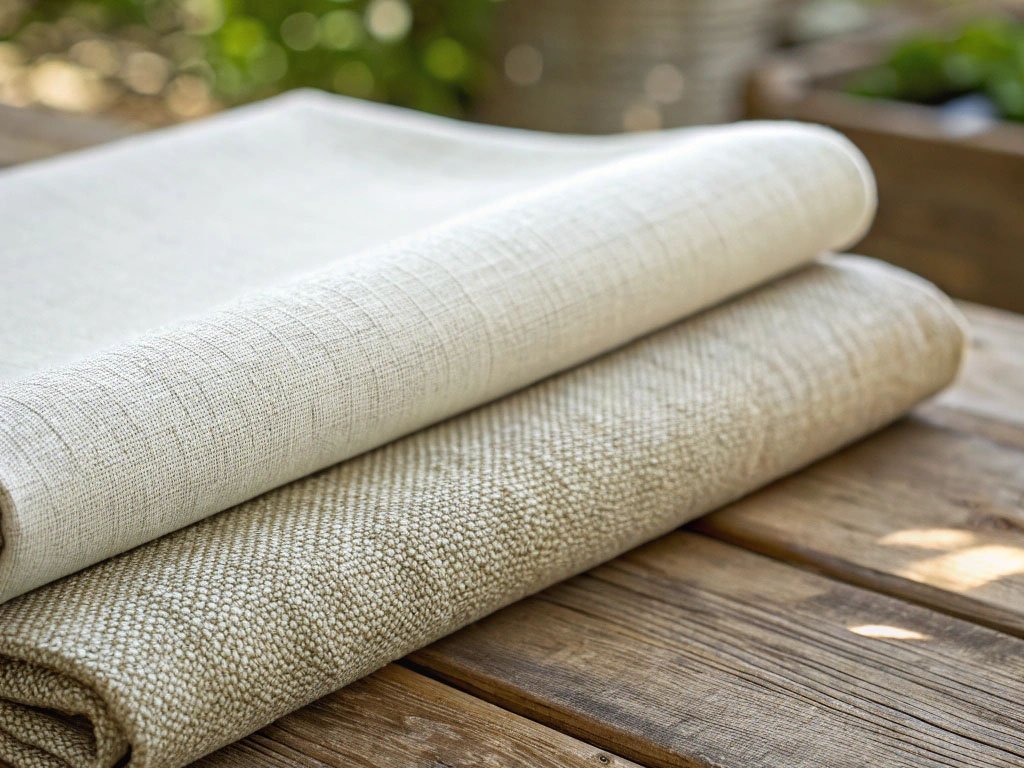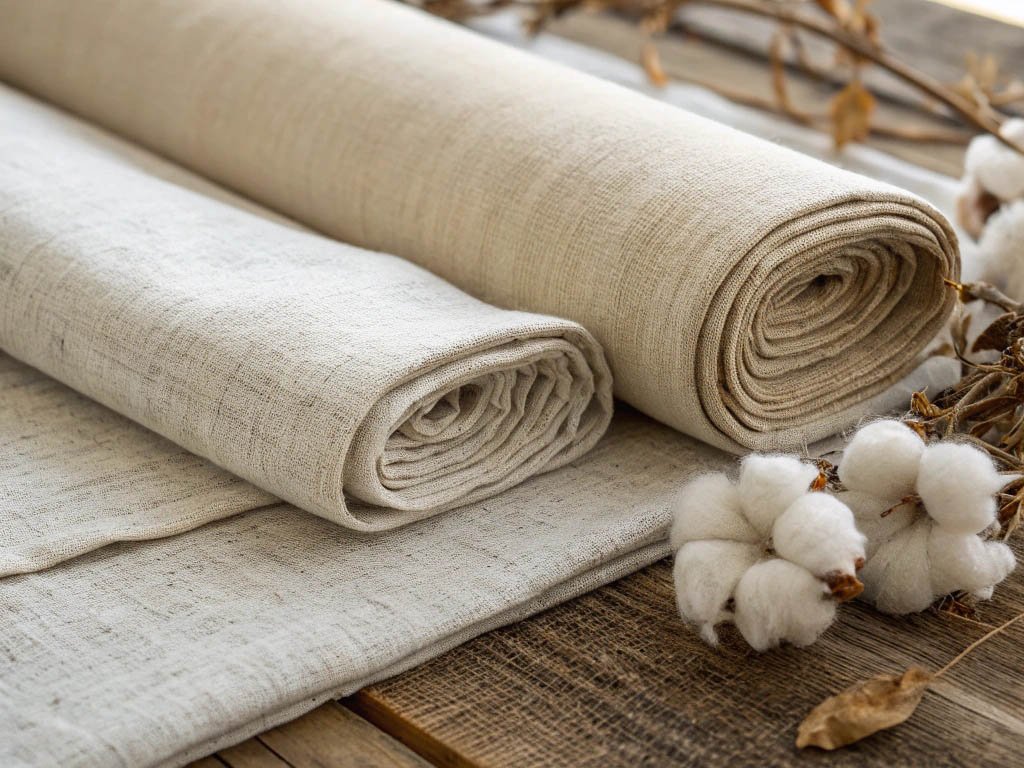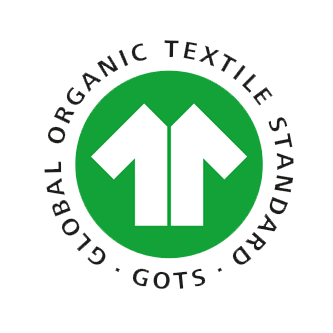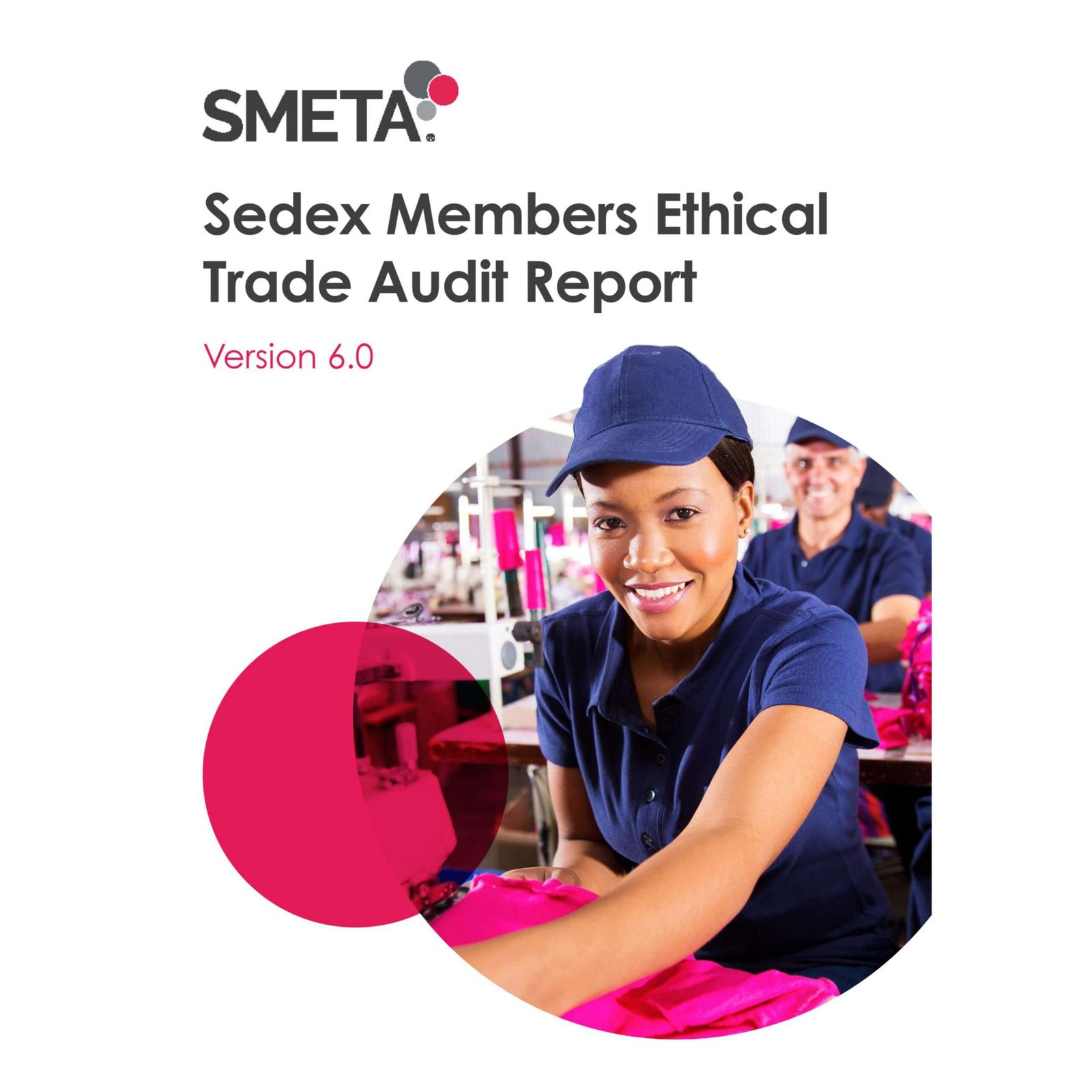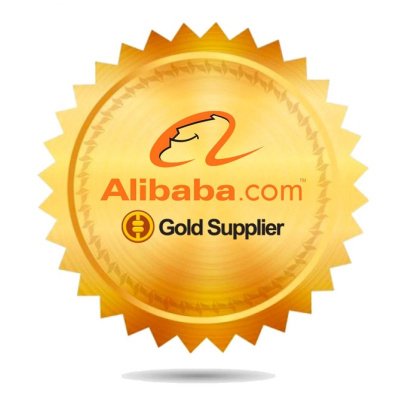Across our production lines and client calls, we’ve seen one trend gaining traction faster than expected—belts are no longer an afterthought, they’re front and center.
In recent years, belts have evolved into expressive fashion accessories—capable of transforming silhouettes, elevating styling, and redefining wardrobes.
At Xzapparel, where we produce tens of thousands to over a hundred thousand garments each month, we’ve partnered with forward-thinking brands incorporating belts as both standalone products and embedded design elements. Here’s how the humble belt is reshaping modern fashion.
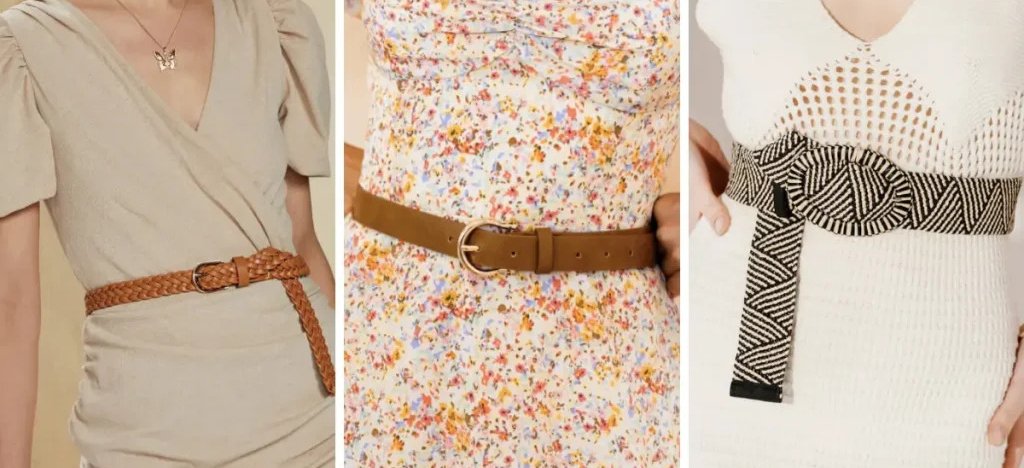
How Did Belts Evolve from Utility to Fashion Centerpiece?
Originally, belts were purely functional—used to hold pants in place or add waist definition.
But in today’s fashion climate, belts have become powerful tools of styling, self-expression, and brand identity.
Fashion houses started this shift. From Gucci’s double-G belt making waves in street style to Bottega Veneta’s architectural cinchers, belts are now central to lookbook narratives and collection drops. Our clients, especially those targeting Gen Z and Millennials, are following suit—requesting both detachable belts and built-in belt designs for statement value.
What Are the Major Belt Trends for 2024–2025?
Belts are trending across multiple forms, each tapping into specific aesthetics or functionality.
The leading trends in belts today are about scale, hardware, tactility, and narrative symbolism.
1. Oversized Buckles & Logo Hardware
Big is back. Belts with large branded buckles or sculptural hardware are being used as the anchor piece of minimal outfits.
From our factory experience: Many of our clients are adding branded metal hardware to give their accessories more impact and visibility on social media.
2. Chain Belts
Retro chain belts—especially gold, silver, or resin—are making a massive comeback. Paired with midi skirts or over blazers, they add a Y2K edge.
Design note: We’re currently producing chain belts as detachable accessories for several e-commerce-focused fashion brands.
3. Utility Belts
Inspired by workwear and military aesthetics, utility belts feature cargo pockets, carabiner clips, and matte hardware.
Popular among unisex and techwear labels, these belts add functionality and a rugged look, appealing to streetwear fans.
4. Rope and Woven Belts
Ideal for summer or earthy aesthetics, woven belts made of jute, cotton, or rope are trending in coastal resortwear collections.
Our solution: We offer natural-fiber belts dyed with low-impact pigments, which match our clients’ eco-collection values.
5. Corset Belts and Wide Wraps
With the return of dramatic silhouettes, wide belts and corset styles are helping shape high-waisted or hourglass effects in dresses and coats.
Especially popular in Europe, we’re seeing wrap-style belts as a way to extend a brand’s accessories category with strong design language.

Why Are Belts Gaining Ground in Modern Styling?
In today’s image-driven fashion environment, styling plays a bigger role than ever.
Belts are now seen as essential styling tools—they can cinch, contrast, or complete a look without needing a full outfit change.
This flexibility is why stylists and influencers rely on belts to add structure or dimension to oversized shirts, flowy dresses, and boxy jackets. From a design point of view, belts offer an affordable and modular way to introduce variety and visual interest.
How Do Fashion Brands Incorporate Belts Today?
Brands use belts in three distinct ways:
1. As Standalone Accessories
These are sold as individual SKUs, often cross-merchandised with dresses or trousers.
Factory insight: We manufacture PU, vegan leather, denim, chain, and fabric belts as separate accessory orders for our clients—complete with branded packaging.
2. As Built-In Design Elements
Many of our fashion clients integrate belts directly into their garments—whether through matching self-fabric sashes, eyelet belts, or contrast-colored straps.
This adds perceived value to a dress or trench coat, while also controlling the final look and silhouette more consistently.
3. As Styling Add-Ons in Campaigns
Even if not sold separately, belts are used in styling campaigns to enhance editorial value. The message is clear: belts = elevated looks.
Our styling kits for photo shoots now often include belts even for categories like activewear, knitwear, or denim.
What Materials Are Leading the Belt Innovation Conversation?
Just like garments, belts are also evolving in terms of material sustainability and sensory appeal.
Recent years have seen a shift from classic leather to bio-based or upcycled materials.
Sustainable Belt Materials in Production Now
| Material | Description | Sustainability Benefit |
|---|---|---|
| Vegan leather (PU or cactus-based) | Durable and leather-like | Animal-free, lower carbon footprint |
| Organic cotton webbing | Woven belt tapes | Biodegradable, low-impact |
| Recycled polyester | Nylon-style sporty belts | Made from plastic bottles |
| Natural raffia/jute | Hand-braided or woven | Compostable and plastic-free |
| Zinc-free metal chains | Used in belts with links | Non-toxic, recyclable |
Xzapparel advantage: We work with verified material suppliers that meet GRS and OEKO-TEX standards, and can recommend the right belt material based on your collection’s aesthetic and budget.

Are Belts Still Relevant to Younger Consumers?
Absolutely—and more than ever.
Gen Z and younger Millennials are using belts as expressive pieces, not just functional add-ons. Personalization, irony, bold hardware, or contrast textures are all part of the appeal.
Some brands we produce for have successfully created micro-collections around belts tied to themes like “90s Revival,” “Coastal Grandma,” or “Core Clubwear.” They’re low-risk, high-impact items for drops.
What Should Brands Consider When Designing Belts?
To succeed with belts in your collection, think beyond utility. Consider:
- Target customer aesthetics: Are they minimal, romantic, techwear, retro?
- Silhouette contribution: Is the belt shaping or decorative?
- Material touchpoints: Does it align with the garment fabric?
- Fastener types: Buckle, snap, wrap, lace-up, knot?
- Price strategy: Entry accessory? Value add-on? Premium feature?
Our team can help build samples and create graded size specs for belts, whether stand-alone or attached to garments.
Why Should Belts Be Part of Your 2025 Collection Strategy?
Belts have become a strategic addition for brand differentiation.
They offer margin flexibility, strong upsell potential, and trend adaptability—all while taking up minimal inventory space.
For online stores and DTC brands, belts can act as viral accessories. For wholesale collections, they elevate the styling value. For sustainable brands, they showcase thoughtful material use.
Conclusion
Belts are no longer just accessories—they’re strategic design tools, brand identity statements, and trend carriers.
At Xzapparel, we help brands develop fashion-forward belts, whether as part of a coordinated garment or as an individual statement item. From concept to sampling to scalable production, our team ensures every belt is as functional as it is fashion-relevant.
Looking to add belts to your upcoming collection? Contact us at info@xzapparel.com or visit www.xzapparel.com and let’s bring your accessory line to life with substance and style.


